Dopamine signalling in mushroom bodies regulates temperature-preference behaviour in Drosophila
- PMID: 21455291
- PMCID: PMC3063753
- DOI: 10.1371/journal.pgen.1001346
Dopamine signalling in mushroom bodies regulates temperature-preference behaviour in Drosophila
Abstract
The ability to respond to environmental temperature variation is essential for survival in animals. Flies show robust temperature-preference behaviour (TPB) to find optimal temperatures. Recently, we have shown that Drosophila mushroom body (MB) functions as a center controlling TPB. However, neuromodulators that control the TPB in MB remain unknown. To identify the functions of dopamine in TPB, we have conducted various genetic studies in Drosophila. Inhibition of dopamine biosynthesis by genetic mutations or treatment with chemical inhibitors caused flies to prefer temperatures colder than normal. We also found that dopaminergic neurons are involved in TPB regulation, as the targeted inactivation of dopaminergic neurons by expression of a potassium channel (Kir2.1) induced flies with the loss of cold avoidance. Consistently, the mutant flies for dopamine receptor gene (DopR) also showed a cold temperature preference, which was rescued by MB-specific expression of DopR. Based on these results, we concluded that dopamine in MB is a key component in the homeostatic temperature control of Drosophila. The current findings will provide important bases to understand the logic of thermosensation and temperature preference decision in Drosophila.
Conflict of interest statement
The authors have declared that no competing interests exist.
Figures




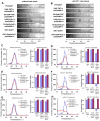
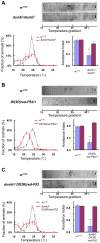
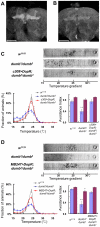
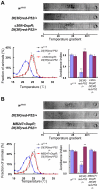
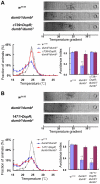
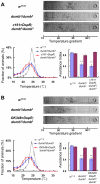
References
-
- Hong ST, Bang S, Hyun S, Kang J, Jeong K, et al. cAMP signalling in mushroom bodies modulates temperature preference behaviour in Drosophila. Nature. 2008;454:771–775. - PubMed
-
- Bear MF, Connors BW, Paradiso MA. Lippincott Williams & Wilkins, Baltimore, Md; 2001. Neuroscience: exploring the brain.888
-
- Zars T. Two thermosensors in Drosophila have different behavioral functions. J Comp Physiol A. 2001;187:235–242. - PubMed
MeSH terms
Substances
LinkOut - more resources
Full Text Sources
Molecular Biology Databases
Miscellaneous

